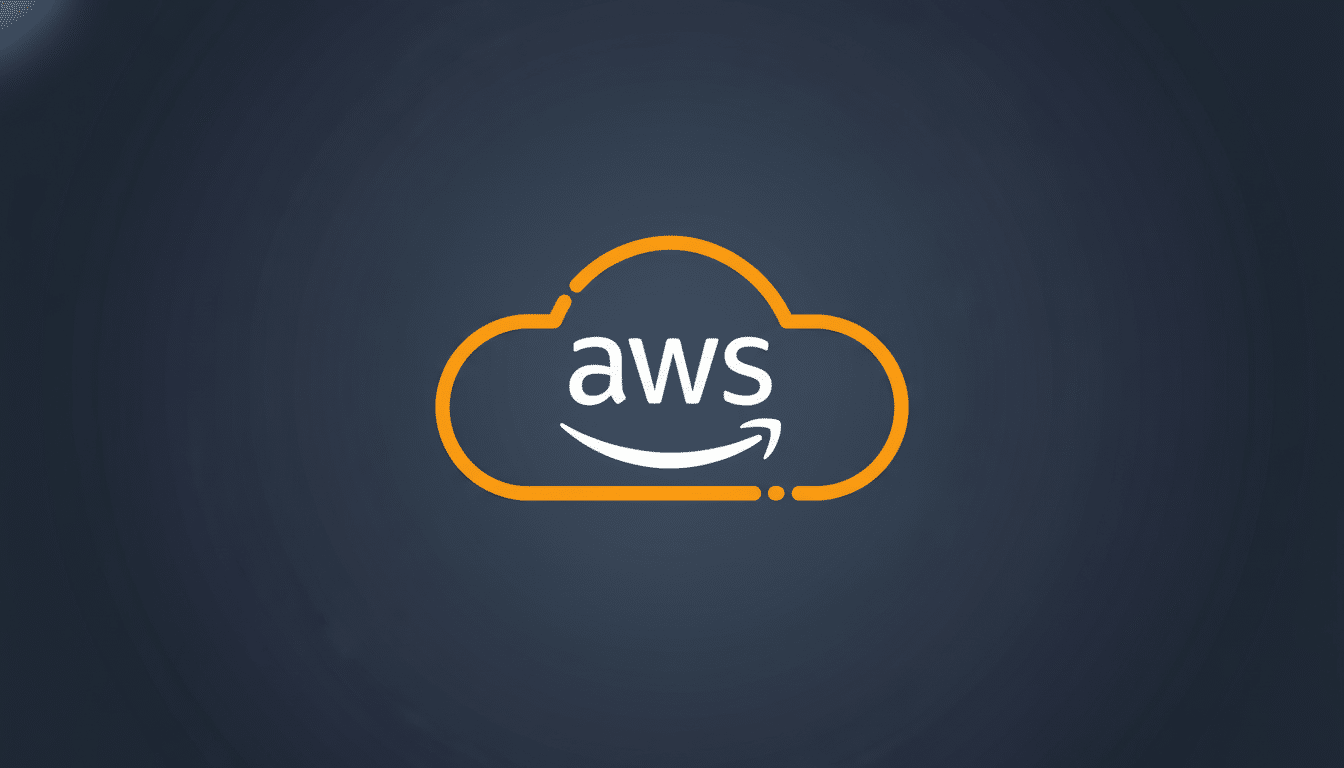The internet felt it when Amazon’s cloud stumbled. A large-scale outage associated with Amazon Web Services (or AWS, which powers many of those other services) sent users of popular apps, banking software and smart home gadgets into a tailspin, whereupon they did what broke people do in 2021: flocked to social platforms to complain, make light of the situation and collectively problem-solve. The end was a live, emoji-strewn breakdown of how thoroughly everything depended on one cloud’s backbone.
What went down during the widespread AWS cloud outage
According to an AWS service update, engineers were able to diagnose increased error rates affecting DynamoDB APIs in the US-EAST-1 region and found issues specific to DNS resolution. That combo is a double whammy: wobbly naming lookups and failed database calls kick off ripples that can zoom quickly through the microservices world. Amazon Web Services said that it was taking “mitigation actions” and that most requests were recovering, a hint that traffic was steadying and cached ways of connecting to the service were being reestablished.

US-EAST-1 is AWS’ most congested and dependency-laden region, with many companies running critical control-plane components in the region. When it sneezes, other services downstream may catch a cold even if they primarily run elsewhere. DNS issues make matters worse, too, because modern apps resolve tens of thousands of internal and external endpoints in a single second.
Services and brands affected by the AWS outage
Gaming, personal finance and encrypted messaging were all affected. Epic Games signalled disruption to Fortnite services – and customers of major UK banks such as Lloyds also reported woes accessing their accounts. Leaders at privacy-focused apps like Signal acknowledged the impact, linking back to the larger AWS problem.
Consumers also ran into snags at home. Plenty of people chimed in with reports that their Alexa routines were misfiring, their smart lights weren’t responding to commands and their video doorbells wouldn’t stream. In none of these gadgets were any of their technical systems “down” as such — it’s just that the cloud-enabled features get you so used to a seamless experience, and then they suddenly go out.
Outage trackers including Downdetector lit up with tens of dozens of services down within minutes, a common response pattern when a hyperscale provider stumbles. Clustering of industry-wide reports is a tell: this wasn’t one app with indigestion, but rather, shared infrastructure grabbing the antacid.
Social feeds to the rescue as outage therapy
When mainline apps had stuttered to a halt, people moved elsewhere with suggestions and complaints to get around, sharing screenshots or simply trying out humor instead. Some fessed up that they were going back to sleep because the cloud was “closed,” while others checked in with the annual reminder that alarm clocks and light switches work just fine even when everyone’s favorite worldwide network is down.
The tone is playful, but the sentiment is justified: when one provider powers everything from streaming queues to hospital intake systems, the line between minor inconvenience and serious disruption becomes thinner. Social channels have turned into ad hoc status dashboards, frequently surfacing ground truth more quickly than official notices.

Why just one region can rattle the web at scale
Centralization is a virtue in cloud design, for scale, for cost and for speed. And yet so many engineering teams ground their workloads in US-EAST-1 because of its comparable services maturity and historically lowest latency. But centralization is also risk concentration. And don’t forget that the fragility of DNS means that even when service discovery is working, healthy systems have difficulty finding each other!
Industry analysts have been sounding the alarm over this exposure. AWS, which has long underestimated its own size according to DR analyst Ned Bellavance, is among the three largest cloud infrastructure suppliers in the world (alongside Google Cloud and Microsoft Azure) if Synergy Research Group is correct, and holds a market share lead by multiples. That dominance makes it so an AWS incident can have outsized effects, rippling through companies that seem not to be connected but rely on the same building blocks.
Intelligence firms for computer networks have observed similar patterns during previous cloud disruptions: sudden increases in timeouts, regional packet loss and spiking latency as traffic is redirected. Today’s symptoms suit that profile, and there have been rapid effects as providers cache, throttle or fail over.
What businesses and users can do now to reduce risk
For engineering teams, the playbook is well written but not universally implemented: multi-region redundancy, graceful degradation, circuit breakers and aggressive caching for read-heavy paths. Mission-critical workflows should have sane offline modes and should avoid relying on any single region’s control plane. This level of observability across DNS, databases and edge networks can shave minutes off incident response.
Otherwise, however, there are just a handful of straightforward habits that make a difference for everyone else. Make certain that nonnegotiable tasks — wake-up alarms, door locks and a health care app with key documents on your phone, among those I brought up earlier — still work without Internet access. If a service provides offline access or local storage, use it. And keep in mind, status pages and established monitoring companies offer a clearer signal than viral posts, especially in the first chaotic hour.
AWS claims to have the likely source of the issue and is observing recovery. The broader conversation is not going to end there. Each new episode revives the same question for our cloud era: how to go on tapping into the benefits of hyperscale computing without letting one point of failure dictate the world’s morning routine.

